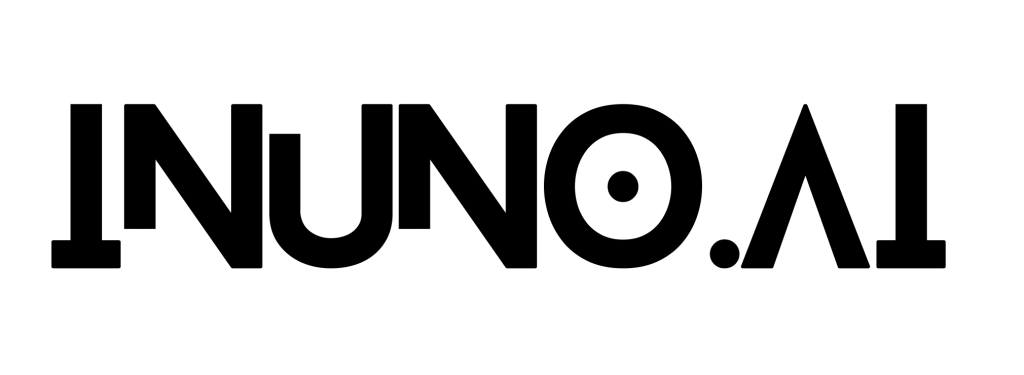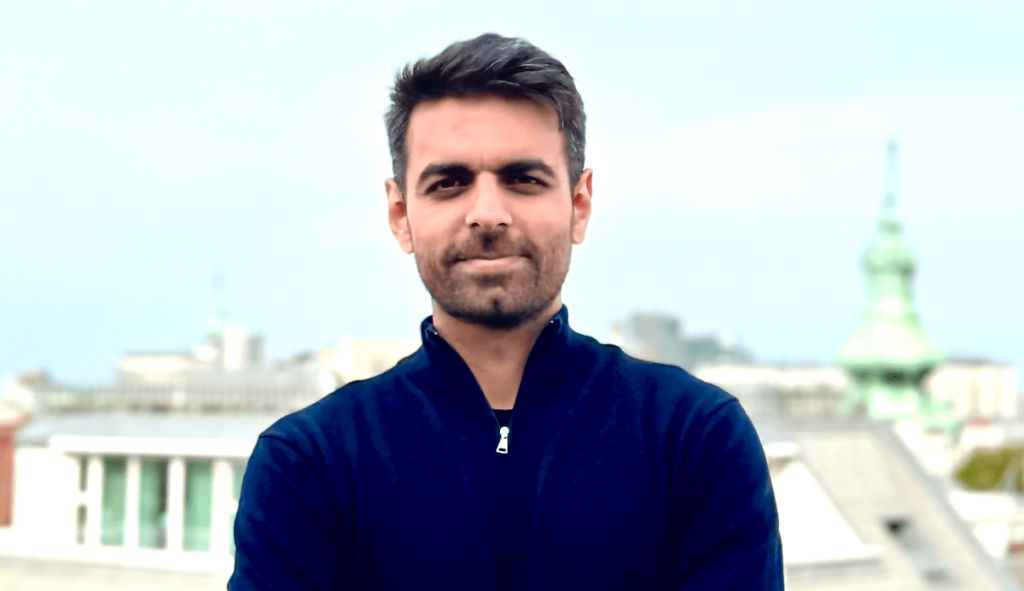Andreessen Horowitz general partner and Mistral board member Anjney “Anj” Midha first spied DeepSeek’s jaw-dropping performance six months ago, he tells TechCrunch.
That’s when DeepSeek introduced Coder V2, which rivaled OpenAI’s GPT4-Turbo for coding-specific tasks, according to a paper it released last year. This put DeepSeek on a path to release improved models every couple of months right through R1, he said. R1 is its new open source reasoning model that has upended the tech industry for offering industry standard performance at a fraction of the cost.
Despite the sell off of Nvidia’s stock, Midha says R1 doesn’t mean that AI foundational models will stop spending billions to gobble GPU chips and build more data centers as fast as they can.
It means they will do more with the compute power they can obtain.
“When people are like, okay Anj, Mistral has raised a billion dollars,” he says. “Does DeepSeek mean that all that billion dollars is completely unnecessary? No, actually, it’s extraordinarily valuable for them to be able to look at DeepSeek’s efficiency improvements, internalize them, and then throw a billion dollars at it.”
He adds, “Now we can get 10 times more output from the same compute.”
That doesn’t mean Mistral is hopelessly behind rivals OpenAI and Anthropic, he argues. Each of them have raised many more billions than Mistral. OpenAI is reportedly in talks to raise another jaw-dropping $40 billion.
Mistral remains competitive with them because it’s open source, he says. And his logic does have merit. Open source gives a company access to essentially free technical labor from those who want to help because they use the project. Closed source rivals guard their secrets and have to pay for all the labor as well as compute power.
“You don’t need $20 billion. You just need more compute than any other open source model app. So Mistral is positioned [well]. They have the most compute of any open source provider,” Midha said of his portfolio company.
Facebook’s Llama, the largest Western open source AI model rival to Mistral, will also get plenty more investment. CEO Mark Zuckerberg on Wednesday said he’s still planning to spend “hundreds of billions of dollars” overall on AI. That includes $60 billion in 2025 on capital expenditures, mostly data centers.
A16z’s Oxygen GPU sharing program ‘overbooked’
Midha, who is also a board member for AI image generator Black Forest Labs and 3D model maker Luma (and an angel in AI outfits Anthropic, ElevenLabs, others) has another reason why he doesn’t see AI’s hunger for GPUs abating anytime soon.
He’s the leader of a16z’s Oxygen program. GPUs, particularly Nvidia’s state-of-the-art H100s, have become such a scarce commodity that the VC firm took matters into its own hands about a year and a half ago. It bought a bunch of them for its portfolio companies to use.
Oxygen is “overbooked right now. I can’t allocate enough,” Midha laughs. Not only do his startups need GPUs for AI model training, but then they need even more to run their ongoing AI products for customers.
“Now there’s this insatiable demand for inference, for the consumption,” he explains.
That’s also why he thinks DeepSeek’s engineering breakthroughs won’t change StarGate, either. That’s OpenAI’s big $500 billion partnership announced earlier this month with SoftBank and Oracle for AI data centers.
The major change DeepSeek ushers in is recognition by nation states that AI is the next foundational infrastructure, like electricity and the internet. Midha wants them to consider “infrastructure independence,” as he calls it. Do they want to rely on Chinese models, with its censorship and claws in their data? Or do they want Western models that follow Western laws, ethics and abide by NATO agreements?
He’s obviously advocating for Western nations using Western models, like his Paris-based Mistral. Hundreds of companies share that concern and have already blocked DeepSeek, which is both a consumer app service and an open source model.
Not everyone buys into that fear of Chinese open source models. Companies can run them locally in their own data centers. And DeepSeek is already available as a secure cloud service from American companies like Microsoft Azure Foundry, so developers don’t have to use DeepSeek’s cloud service.
In fact, Intel’s former CEO, Pat Gelsinger – someone well familiar with China – told TechCrunch that his startup Gloo, is building AI chat services on their own version of DeepSeek R1 instead of choices like Llama or OpenAI.
But if anyone wants to ditch their data center plans in light of DeepSeek, Midra laughs and has a request: “If you have extra GPUs, please send them to Anj.”






